We all had those moments when someone or something triggered or annoyed us. We observe ourselves from the side and can see the inner spark or total silence that is not aligned with what we want. In those moments, we experience our emotions and or thoughts or actions leading us instead of us leading (not controlling) them. They get in our way to head toward the outcome that we want, and we might even hear an inner conversation that sounds somewhat like: "urge, I ted wish I would show up differently." But the frustrating reality is even though we promise ourselves time after time that we will show up differently – we don't.
Hi, I am Noa, and I work with leaders, executives, and founders of companies just like you to go beyond with their leadership. Are you ready? Let's go.
In this article/video, I would like to share a simple framework that can help you lead your emotions or thoughts in a productive way.
Emotional self-regulation or emotion regulation is the ability to understand and manage your behavior and reactions to feelings, especially strong ones, and calm down after something exciting or upsetting happens.
Same with your thoughts, when you know your thought pattern, you can learn how to lead your thoughts in a new way. I call the framework: ILPC.
ILPC stands for Identify, Label, Pause, and Choose.
Step 1: Identify
Okay, so you are triggered. The question is, how are you showing up when you're triggered?
When we are triggered, our thought patterns and emotions lead us to unwanted behaviors. This is why it's essential to identify the thought patterns that led to how we show up with our feelings and thoughts.
Which of the following is your thought pattern, and when does it show up?
All-or-Nothing Thinking - Seeing things in black-or-white, zero or one, right or wrong. You will think that it has to be either or. But there are many shades of gray and numbers between zero and one.
Negative Bias – even though things are going well, you pick one negative detail out and focus on it.
If you are a neuroscience geek, please know that the negative Bias is a survival behavior adopted by our ancient brain to keep us safe. Making a mistake could cost our lives; this is why our brain wants us to be aware of the "bad decisions we made" and pay attention to what's NOT working. But in today's reality, most of us do not need to worry about our life all the time. Still, the mechanism stayed. The cure is to learn how to teach our brain to look at WHAT'S WORKING. We can rewire our brains to see situations from a new perspective and switch how we approach them.Overgeneralization - Believing that it "always" happens to you or "never" happens to you – this is when we feel frustrated and defeated.
Magnification/minimization - Your special magnifying glass can magnify an issue, making it bigger than it is. Or you're able to minimize the situation and your positive qualities.
Mind Reading/Fortune Telling - You jump to a conclusion based on a feeling or thought without any evidence to support it.
Emotional Reasoning - You believe that whatever you're feeling, it must be so.
So how do you show up with your thought patterns, and when?
Step 2 - Label
So now you know.
The problem is that when we often know that we feel or think in a way that is not aligned with the outcome we want to see, we ignore, avoid or make it small. Why?It goes back to your thought pattern:
Make it small – well, others have more significant problems. I should not be this way.
Self-Deprecation – how do I even dare to feel or think this way? I should be positive.
Ignore/Avoid it – I will work and distract myself.
The problem with these techniques is research that shows that every time you ignore your emotions and your thoughts, you think about them or feel them 49 times more.
When we label or name our emotions or thought patterns, we validate what we feel and think. We acknowledge that they exist without needing to fix or delve into them. They are just there to co-exist. They are no good or bad. They are just there.
What can be confusing is that labeling our emotions and thoughts doesn't mean that they will stay there forever. Emotions are not stagnant. They come and go. Even right now, when you read or listen to this idea, you have many thoughts and emotions that show up and disappear. When you trust that this is the idea of thoughts and emotions, that they are energy that goes in and out, that there are not there forever – you can validate them and say: I see you and hear you, I know you are here with me.
Step 3 – Pause & Choose
Now, when we name and validate what we feel and think, we can pause and then choose. Have you ever experienced feeling overwhelmed with emotions or thoughts, and when you shared it with another person, you heard the response: "calm down, let's just take a big breath."
I can't stand it. Why? Because when people tell me to take a big breath, it feels like I don't have a choice: they are making me do something that makes me feel out of control. I don't feel like taking a big breath; what I want to do at that moment is scream, cry, yell, or lose control of my way. Not their way.
Here is what I do believe taking a big breath is not about calming down. Taking a big deep breath is about a moment of PAUSE This deep breath is because I know my emotions and thoughts are leading me It is an intentional moment for me to pause and choose between two options
- Do I want to stay and let my emotions and thoughts keep leading me?
- Do I want to shift to a new way of being or doing?
Pause doesn't have to be a deep breath; it can be anything that makes YOU PAUSE, to be intentional. You can stand, take a sip of water, step away from your computer, and make yourself a coffee or tea. My favorite is touching a pulse point on your body (heart, arm) or touching jewelry you wear on one of those pulse points (bracelet, watch, neckless). It can also be a grounding question you write on a sticky note and stick to your computer/laptop screen.
Step 4 – Making an Intentional Choice
Making a choice is a powerful experience. Whether I choose to stay or shift, I respond to a need.
If I choose to stay– that's okay – I am choosing to show up this way.
The paradox at that moment is that we sometimes want and need to stay. Then the transition is organic and gentle. Most important, we are not on autopilot anymore. It is an intentional choice.
If I choose to shift – I only shift after I check in with myself and ask:
What do I need? The answer can be different
I need to step away
I need to reach out and ask for support
I need to reach out so I can see a new perspective
Anything else you need
What I love about sharing this system is how empowering it is. Being at a place of choice is empowering to you and others.
It takes time to practice this framework, but finding your way is so liberating.
Remember, first, you identify, then you label or name your emotions or your thoughts, you pause to center yourself, and last, you make an intentional choice. And as a leader, you can use that not only with yourself but also to empower others when you help them develop and grow. Experiment with the ILPC and share with me how it works for you. If you liked this video/article, subscribe and share.





